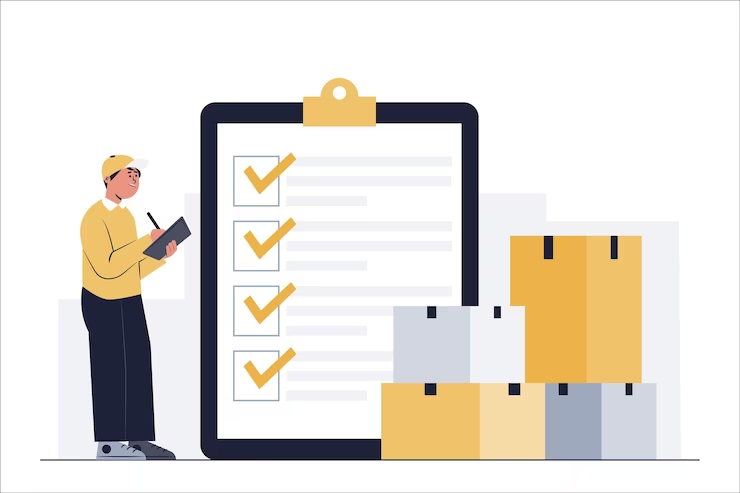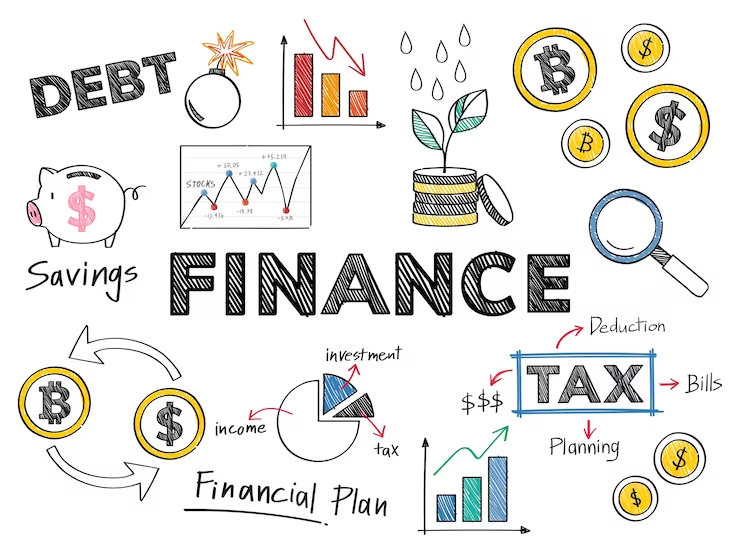Building an eCommerce business is a challenging task. However, some entrepreneurs have some other work that leads them to sell eCommerce businesses. Before selling the business, it is essential to ask these questions like:
• How much is my business worth?
• How long will it take to sell?
• Financing or cash?
• What are the brokerage charges?
• What is the next step?
• What happens when you close the deal?
So, this blog gives detailed information about “How to sell eCommerce Business”.
You can check a detailed blog about “Starting an eCommerce Business”.
Table of Contents
- What are the steps to sell an eCommerce business
1.1. Prepare your business for sale and start exits
1.2. Update your inventory and finance
1.3. Diversify your customer base
1.4. Determine the Value of Your eCommerce Business by Consulting with a valuation expert
1.5. Meet potential buyers and close the deal
1.6. Transferring ownership
1.7. Due Diligence - Conclusion
1. What are the steps to sell an eCommerce business
1.1. Step 1: Prepare your business for sale and start exits
You should make the site look good so new owners will want to buy it. Buyers see it as extra work they need to do after the purchase if it needs to be clearer, easier to navigate, or have a better user experience (UX).
Change your theme. Make the style look better. Make sure it’s easy to navigate.
But most importantly, don’t complicate things. You want the new logo to stay consistent with the style if the new owner wants to change it.

It will be easier for potential shoppers to buy eCommerce businesses if you put on your unique selling proposition (USP). One thing that sets your business apart from others is its unique value proposition (USP). This can help your eCommerce business stand out from the rest. Make your unique selling proposition (USP) clear in your marketing tools, website, and other communication methods.
1.2. Step 2: Update your inventory and finance
Products that are sold on eCommerce sites often need more stock. You must know this.
You shouldn’t forget about the business while getting it ready to sell, but you probably don’t need to spend much money on new products. Customers and possible owners will not want to buy from a website with “out of stock” products on almost every page.

If you take a few things off the site, pack your product groups together so that the new owner can understand. 20 or 30 groups can be too much for one person to handle. It’s easy to hold five or ten.
Update and optimize active product photos. It’s also essential to have clear and correct descriptions.
Even if you’re great at selling things online, most business owners aren’t great at keeping books or accounting. You can manage the entire financial aspect of your eCommerce site by yourself, depending on its size and breadth.
Many people will look at the financials of your business during the sales process. Many people will review your financial records, including potential buyers, lawyers, accountants, appraisers, lenders, advisors, and legal professionals.
A minimum of the following financials should be ready to sell eCommerce business:
- The tax records from the last three years
- Statement of income
- Statement of cash flow
- Balance sheet
It’s also possible that some buyers will ask for more details.
A potential buyer is much more interested in clean and accurate financial records.

1.3. Step 3: Diversify your customer base
It is essential to diversify your customer base to sell ecommerce business Potential buyers may see your business as risky if it depends too much on a small group of customers or a single marketing outlet. Having a variety of customers can help your business be more stable and appealing by reducing its reliance on a few key customers. When trying to get more customers, you should use a variety of channels. For example, instead of concentrating on a single platform, you can concentrate on multiple platforms.

1.4. Step 4: Determine the Value of Your eCommerce Business by Consulting with a valuation expert
Determine the Value of Your eCommerce business by Consulting with a valuation expert to sell your eCommerce business. You can’t make up a number. On the other hand, you might put the website too high or too low.

Instead, an outside assessor can give your eCommerce site a fair price. This number might not be the exact sale price, but it will provide you with a good idea of what it will be.
Some of the most common things that go into figuring out how much an eCommerce business is worth are:
Traffic
Financials
Business age
Support for customers
Fulfillment and logistics
Inventory
Connections with suppliers
Technology
Intellectual property
Brand names and patents
- Why is it so important to talk to a professional about valuing?
The appraiser should give you a full report that explains how they came up with the number they did. This report can help people trust your open market offering.
A reasonable valuation could also help you sell your business for tens of thousands of dollars more than you thought.
1.5. Step 5: Find the broker, meet potential buyers, and close the deal
You can use a lot of different websites to sell eCommerce business.
Additionally, there are numerous other trustworthy brokers to choose from.
You’ll pay higher commission fees if you find an honest broker who can expedite the process. You can sell it faster and for more money, though. All of this is just something you should think about as you look for a broker or brokerage community.

You can keep running your business after your broker puts your property on the market. Keep in mind that sales can take a while to go through. If you own the site in good shape, you’ll have a better chance of selling for a fair price.
In the meantime, your broker will take care of your ad, answering buyers’ questions and ensuring they are qualified to buy a business.
This is one of the great things about having a broker. You won’t have to deal with many sales leads and spend hours screening buyers only to find that many of them can’t afford your business or are just wasting your time in other ways.
If everything goes as planned, your broker will soon tell you that someone wants to buy your business and has the money to do so. The client and their broker will come to the meeting with you and your broker to talk about the business, set a price, and work out of the deal.
After ensuring everything is okay, your and the buyer’s teams will write a LOI. This needs to have:
• Conditions: when, why, and how a buyer or seller can back out of the deal
• The sale price and information on how to pay for it
• Earnest money: how much the customer will need to give to a third-party escrow service and when can they get their money back?
• Time frame: how long the customer has to do their research and complete the deal
• What’s being sold: what comes with the deal, like logos, email lists, and goods?
Keep in mind that a LOI is not a contract. It’s more of a paper that shows the buyer and seller are getting close to a deal, but they still need to do more work. Close the deal to sell eCommerce business.
1.6. Step 6: Transferring ownership
Transferring ownership to sell an eCommerce business is the next step. There is still much work to be done, even though the deal has been made.

Moving a business can be hard if you haven’t done much online business before. It’s important to hand over your business quickly and effectively for a deal to go through.
Moving is easy if your store uses Shopify. You can move between the big eCommerce platforms, like Bigcommerce, Woocommerce, and WordPress. Carrying a small business will probably be very different from moving a big business.
1.7. Step 7: Due Diligence
To sell an eCommerce business, a 14-day due diligence process is pretty standard in the business. It gives buyers time to make sure that everything is sold as described.

Potential buyers can’t make any big changes to the business right now. Some buyers will end this early if they think everything is going well so they can start making changes to their new business.
Post-sale help is a part of every deal. You can talk about this with the buyer, but it usually means at least 30 days of email help and maybe a few Skype calls if the buyer needs them.
This deal will likely go through if you are ready to buy. When it does, the money will be sent to you, and you can celebrate the sale of your online shop!
2. Conclusion
The eCommerce sector is expanding.
Thousands of people want to connect with the sky. Entrepreneurs like the idea of buying an eCommerce site that already exists instead of building one from scratch.
If you do the right things, selling your eCommerce business can make you a lot of money. To ensure that your eCommerce site is priced optimally, adhere to the procedure we have delineated in this guide.
